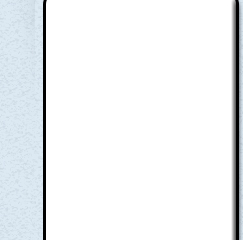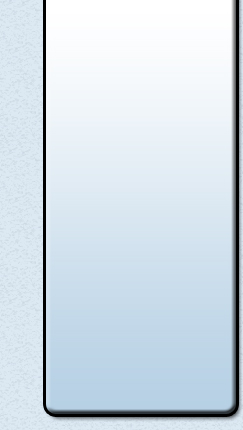Taking Useful Classroom Observation Notes
by Thomas Fowler-Finn on 03/29/15
The integrity of rounds work is based on objective and specific observation notes, free of personal judgment and full of specific description - low inference. But what content should these notes include to allow for useful analysis in the debriefing? The first qualifier is covering all aspects of the school's Problem of Practice (POP). Some of these aspects are connected directly to the stated POP while others may be no more than contributing factors, but all are useful. For example, if the POP is about the nature of feedback students and teachers exchange with each other about student learning, examples observed of the various types/forms of feedback would be of special interest in the notes, but so too would descriptions of interactions between the teacher, student, and content that discouraged feedback from taking place. Notes on the structure of the lesson, teacher assessment techniques, student investment in the content, etc. would be among worthwhile evidence. Useful notes reveal interactions that encourage and discourage or block progress on resolving the POP. A well-chosen POP is about help the school wants to attack a problem of student learning, so it stands to reason that productive notes address an inquiry into all aspects of the question raised.
Useful notes, with rare exceptions, fully describe what students make, do, say, or write... the only observable evidence of student learning. Rounds work is intended to improve student learning, and every observation must contain information about the condition of student learning in the context of the POP.
To obtain productive notes, each and every observer describes the full interactions within the instructional core, not segments of one portion of the core. For example, capturing in isolation only the questions teachers ask does not inform the debriefing process with adequate information about the teacher - student - content interaction sequence. It is not until a teacher question is coupled with a student answer and resultant teacher reaction that evidence of the greatest value has been collected. Observer teams should not divide up note-taking with one member recording teacher actions, another only student actions, and another content. Such notes are bereft of the more important interactions within the instructional core.
In the long run, we always want to know about the level of thinking of students regardless of which POP is guiding our note-taking. It is virtually impossible to create high levels of student engagement without going beyond recalling and understanding.
We need to know the expectations for student performance in comparison to the work students actually do. What teachers and students accept as satisfactory outcomes are critical accountability factors that weigh in on every observation.
For a more comprehensive and elaborate discussion of note-taking see pp. 110 - 118 of Leading Instructional Rounds in Education, Thomas Fowler-Finn, Harvard Education Press, 2013.






